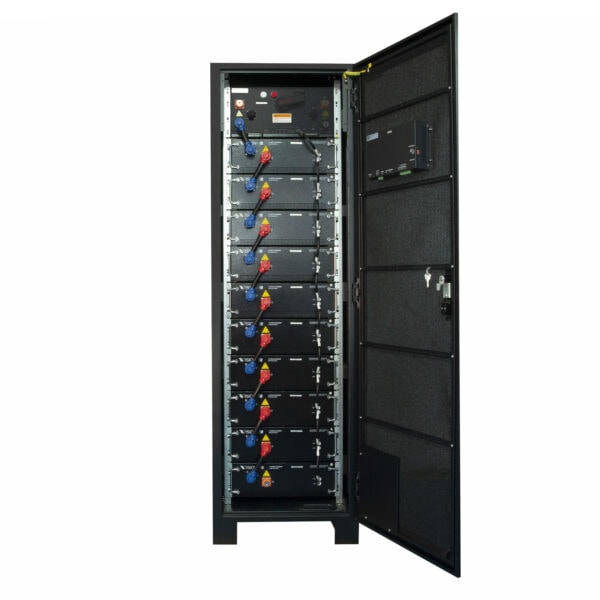Battery Solutions
On hand and ready to
support you
Whether considering design concepts for a new facility or how to tackle an upgrade, our trusted experts are on hand to help you find an efficient, resilient system and service package that works for you.
Or why not give us a call on +65 6302 0702 and chat directly to a member of our team.

Uncompromising Service Excellence and Delivery
Providing the heart-beat of our service is a dedicated team, who are available 24/7, to ensure the life-long and reliable operation of our customer’s power protection systems. When mission-critical systems go down, a quick recovery is crucial. KUP’s extensive network of field-service engineers provides coverage and response where and when it is needed – fast.


